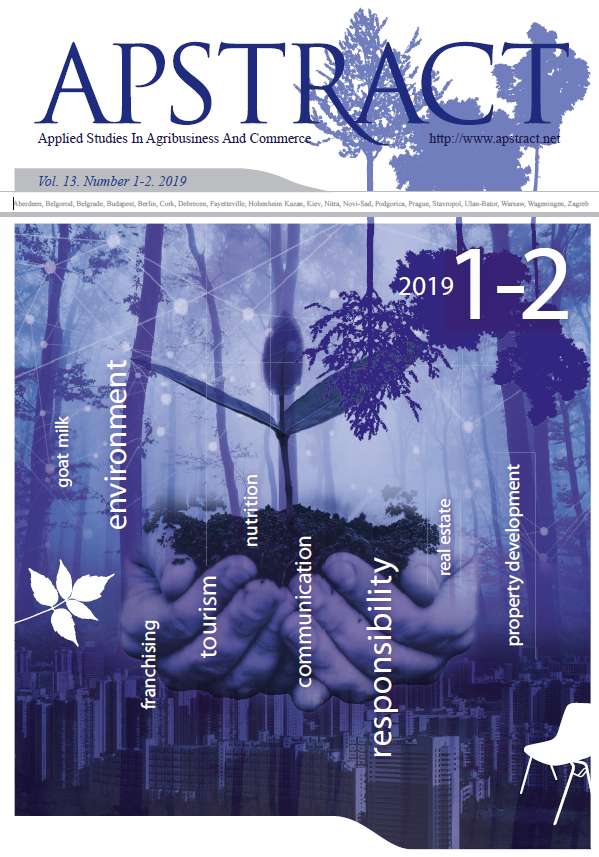Clasters and Correlations among the Eu Member States Regarding Agri-Food Foreign Trade
Author
View
Keywords
How To Cite
Abstract
The European Union has a significant role in international trade but this is largely in the area of industrial goods. However, in the case of some agricultural commodities the EU applies tariffs, bans, or different restrictive measures; it manages foreign trade in agricultural goods with many countries all over the world. On the other hand the member states do not contribute to the total trade of the EU to the same extent. In this study, a comparative analysis was performed in relation to the member states by means of data of Eurostat and Faostat. First, a multivariable correlation analysis was carried out in order to find the interrelation between the trade features of each country. In the second part of the study, a cluster analysis was carried out with almost the same component as in the foregoing, also in terms of the EU member states. It can be ascertained that the date of EU accession of a Member State as well as getting EU agricultural subsidies do not affect the agricultural foreign trade of the member states. Countries with significant agricultural production also export food commodities in larger quantities. Countries that have significant exports extra-EU also have larger imports in the case of both basic commodities and prepared food as well. As a result of the cluster analysis, it can be stated that the member states can be divided into specific groups according to the three examined aspects (food trade features, exports of commodities, imports of commodities). The following typical country groups can be divided as follows: non-trade countries, countries with larger trade extra-EU, agri-food exporter and importer countries, non-agri-food exporter and importer countries, primary commodity exporters and importers, and last but not least processed food exporters and importers as well.
JEL Classification: F10


 https://doi.org/10.19041/APSTRACT/2019/1-2/6
https://doi.org/10.19041/APSTRACT/2019/1-2/6




